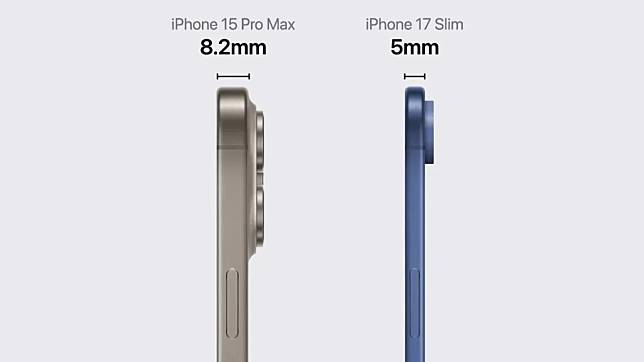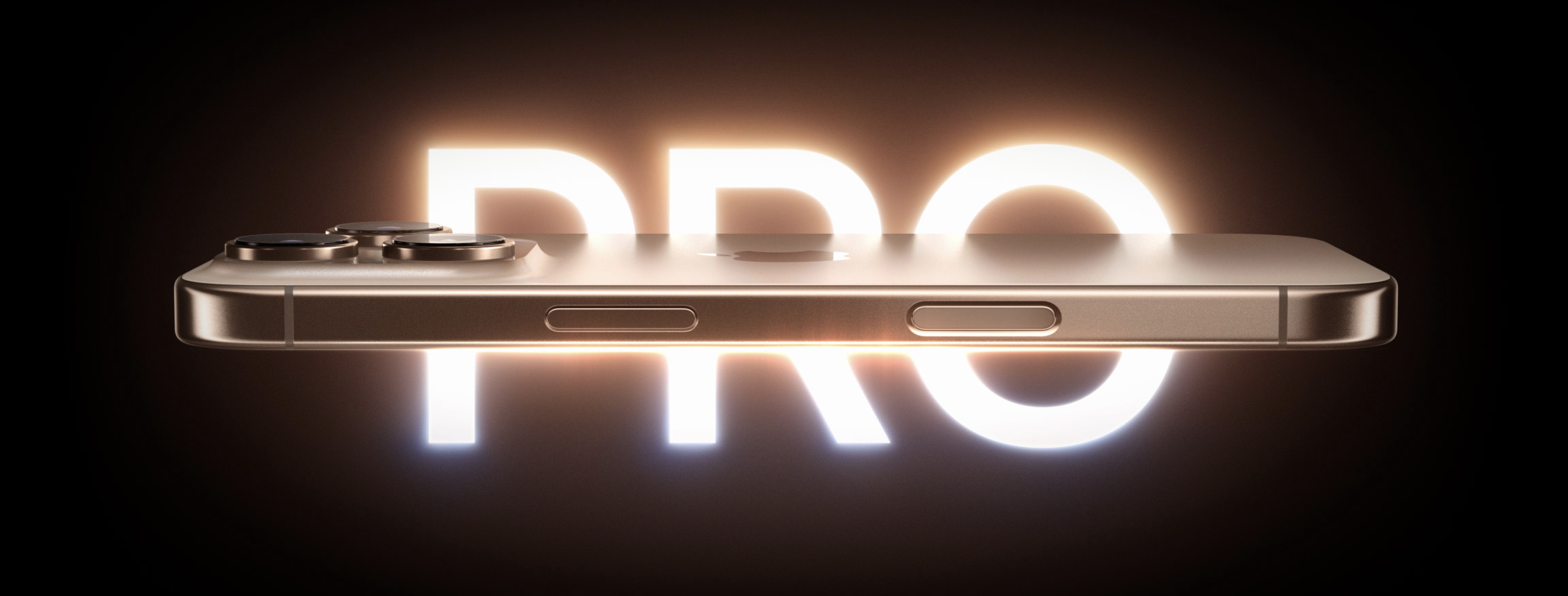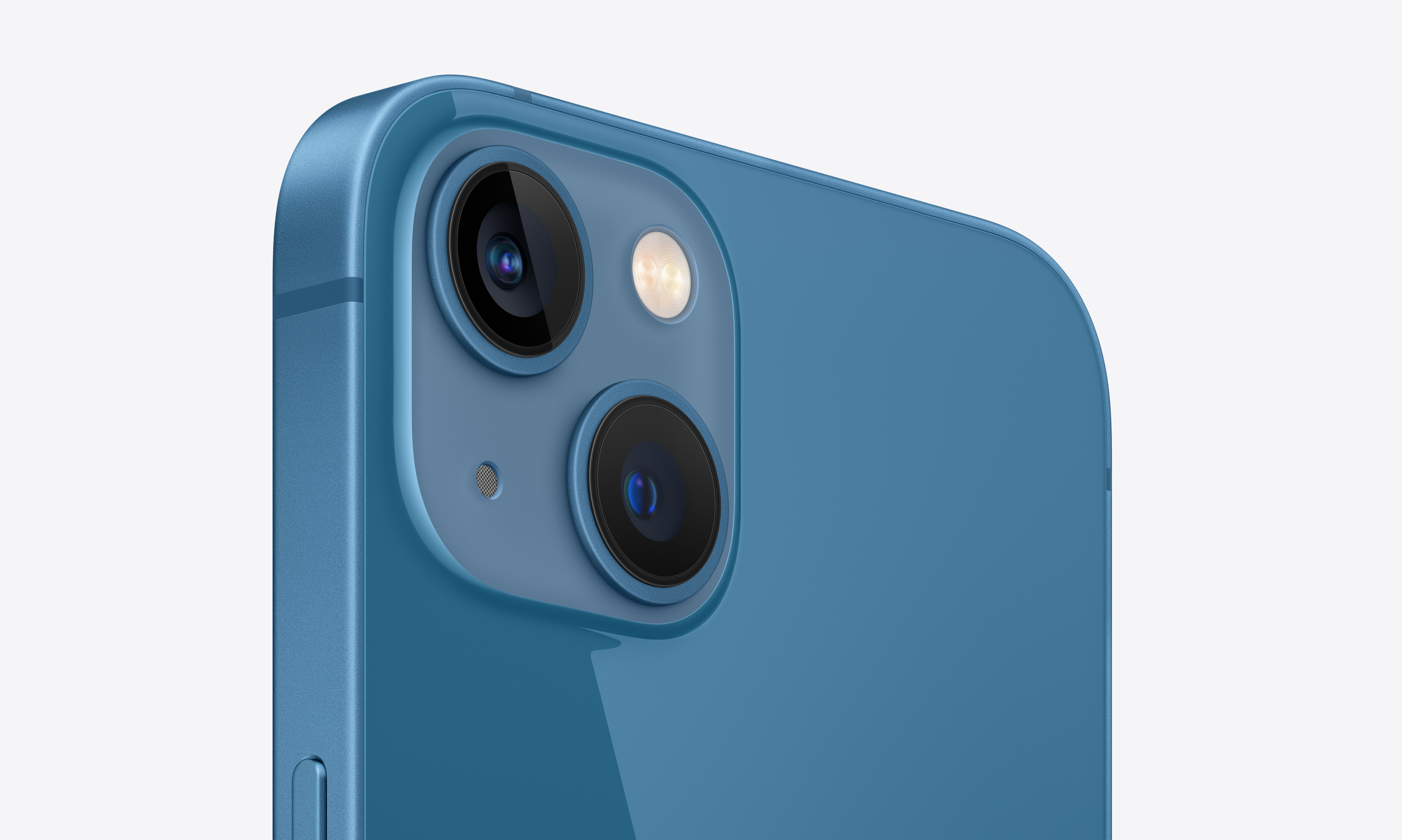iPhone Air and Samsung Slim flagship phones exposed! Are flagship phones getting lighter?
![]() 11/08 2024
11/08 2024
![]() 433
433
How long has it been since you last used one hand to hold your phone and send messages?
In the past few years, the smartphone industry has opted for larger screens and more cameras. Indeed, larger screens, better camera configurations, and larger batteries can lead to significant sales for brands. However, this has also led to a new problem that many users find intolerable—phones are getting heavier.
Taking mainstream flagship phones in 2024 as an example, with weights often exceeding 210 grams (almost half a jin, hence the nickname "half-jin phone"), users often experience wrist pain just from holding the phone with one hand for a slightly longer period. And once lightweight phones have also left the mainstream market for various reasons. Fortunately, the "weight out-of-control" issue for smartphones may see a new turn next year.

Image source: MacRumors
Apple and Samsung's "slim flagships" exposed successively
In August 2024, Bloomberg technology reporter Mark Gurman mentioned in a communication program, "In the new product plan for the iPhone 17 series, a lighter and more powerful iPhone Air will debut for the first time." Initially, the lightweight iPhone 17 was named iPhone 17 Slim, but later Mark Gurman corrected it to iPhone 17 Air. Whether it's "Slim" or "Air," this newly positioned iPhone ultimately points to lightness.
Coincidentally, perhaps in response to the rumored iPhone 17 Air, Korean news outlet ET News reported that Samsung will launch its new flagship model, the Galaxy S25 Slim, in the second quarter of 2025. To confirm this, Smartprix also found a Samsung Galaxy phone with model number SM-S937U in the IMEI database of GSMA.
Although we know little about this SM-S937 (where "U" is an exclusive suffix for the American version of Samsung), based on its number and our experience, Lei Tech believes that this Slim version should be a minor variant based on the S25+ (SM-S936), which will neither replace the original S25+ nor "challenge" the S25 Ultra in terms of configuration.
In fact, this is not the first time Samsung has launched a "slim" phone. As early as 2014, just a few months after the release of the Galaxy S5, Samsung introduced two derivative models, the Galaxy Alpha and the Galaxy S5 Active, with the "Alpha" being a slim version of the Galaxy S5.
The question arises, why is Samsung continuing to focus on the niche market of "slim models" ten years later?
Those out-of-control flagship "half-jin" phones
Undoubtedly, consumers dissatisfied with the weight of flagship phones are the main reason for smartphone brands to return to slim designs. But honestly, slimming down phones while meeting mainstream consumer needs is not a simple task.
Generally speaking, the reasons for a phone being "overweight" are battery, camera modules, and body materials.
Taking batteries as an example, increasingly high-definition screens, more powerful chips, and heavier application loads pose stricter challenges to battery life. Despite chip companies emphasizing energy efficiency in recent years, under the relentless pursuit of performance, smartphone brands' energy consumption logic remains "achieving stronger performance with the same power consumption" rather than "achieving the same performance with lower power consumption."
To meet longer battery life and high-performance demands, phone manufacturers must also adopt large-capacity batteries. However, without substantial technological breakthroughs, there is an upper limit to battery energy density. Constrained by technology and cost, large-capacity batteries inevitably lead to larger sizes and heavier weights.
In addition to batteries, camera modules are also a significant contributor to phone weight. In recent years, as consumer demand for phone photography has surged, imaging has become a new battlefield for smartphone brands: multi-camera setups require additional space to accommodate multiple lenses and sensors, while optical image stabilization modules and periscope telephoto lenses significantly increase the size and weight of phone camera modules.

Image source: Apple
Furthermore, material changes are also a factor that cannot be ignored in phone "overweight." To provide a premium grip, manufacturers are not stingy with using glass, ceramic, and stainless steel for phone backs and frames. Compared to previous plastics and aluminum alloys, these premium materials significantly change the weight of phones. Of course, some manufacturers have also realized the shortcomings of "premium materials" and begun using titanium metal frames to reduce phone weight. However, under the combined effects of batteries, cameras, and "ceramic backs," the weight of mainstream phones continues to increase.
Will Samsung and Apple spark a "slimming trend" among flagship phones?
As just mentioned, the concept of slim phones is not new for 2024. In the cycle of phone trends, the era of "slim" smartphones emerged a decade ago. In 2013, Huawei released the Ascend P6 with a thickness of only 6.18mm, breaking the slim record for flagship models at the time; in 2014, Gionee and vivo successively released the ELIFE S5.1 and X5 Max smartphones, reaching 5.1mm and 4.75mm, respectively, with the latter's thickness record still unbroken.

Image source: vivo
Extreme slimness was once a mainstream direction in the smartphone market, comparable to current imaging flagships. Later, as smartphone performance, heat dissipation, battery life, and imaging demands continued to rise, users' pursuit of slim phones took a back seat.
So, can the iPhone 17 Air and Galaxy S25 Slim, which will be available as early as next year, revive the glory of "slim phones"?
From a market demand perspective, although large screens and high-performance devices remain mainstream, there is indeed a growing demand for slim and portable options in some markets. However, creating slim flagship models is not easy. Before new breakthroughs in materials science, "slim phones" often mean compromises in configuration and performance. In the highly competitive domestic smartphone market, this approach by manufacturers is akin to digging their own graves.
However, even if slim phones are fraught with risks and slight missteps can lead to a year's worth of effort being wasted, in my opinion, Samsung and Apple still have the potential to lead this trend in low-competition overseas markets. On the one hand, Samsung and Apple have more say in the phone supply chain, and their brands can withstand greater market risks. Taking the internet-only influential small-screen phone (iPhone mini) as an example, this doomed project somehow managed to persist for two years under Apple.

Image source: Apple
On the other hand, even if Samsung or Apple have to sacrifice configuration to achieve a slim body, the low-competition overseas phone market and highly tolerant overseas phone users are more willing to accept slim versions with reduced configurations.
From a competitive perspective, the actions of these two giants may also prompt other manufacturers to follow suit. After all, competition in the smartphone market is fierce, and no new market opportunities should be missed. If slim phones become a new consumption hotspot, the entire industry will benefit.
Conclusion
For the current market, the development of smartphones has entered a relatively mature stage, with differentiation and market segmentation becoming key for major manufacturers to seek breakthroughs. The return of slim phones also reflects consumers' demand for diversified products. Regardless of whether the emergence of "slim versions" is to satisfy specific user groups or explore new market segments, slim phones have their value.
In any case, for us consumers, having more options is always good. As an Apple user who is reluctant to buy the Pro Max model due to its weight, I look forward to Samsung, Apple, and other manufacturers bringing a touch of novelty to the homogenized phone market. Perhaps in the near future, "slimmed-down" smartphones will once again become mainstream, allowing the consumption trend of phones to cycle again.
Source: Lei Tech








